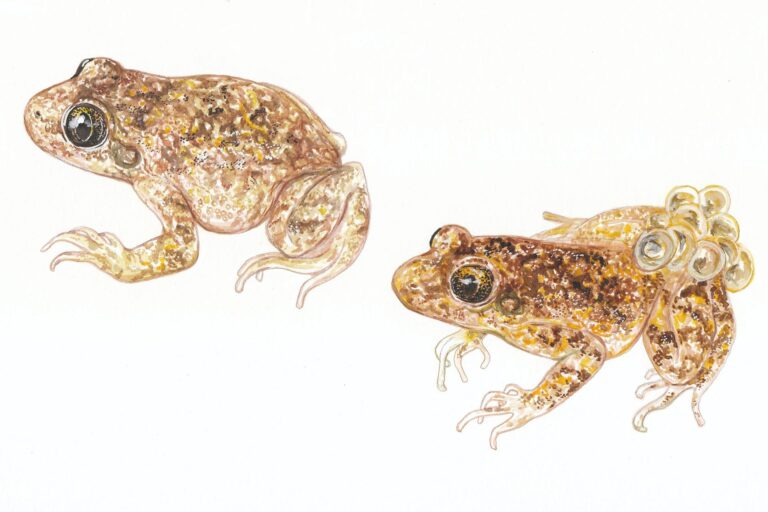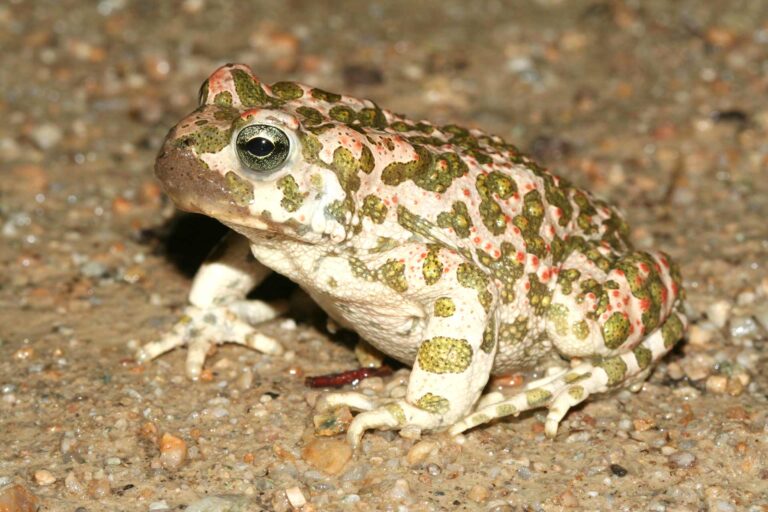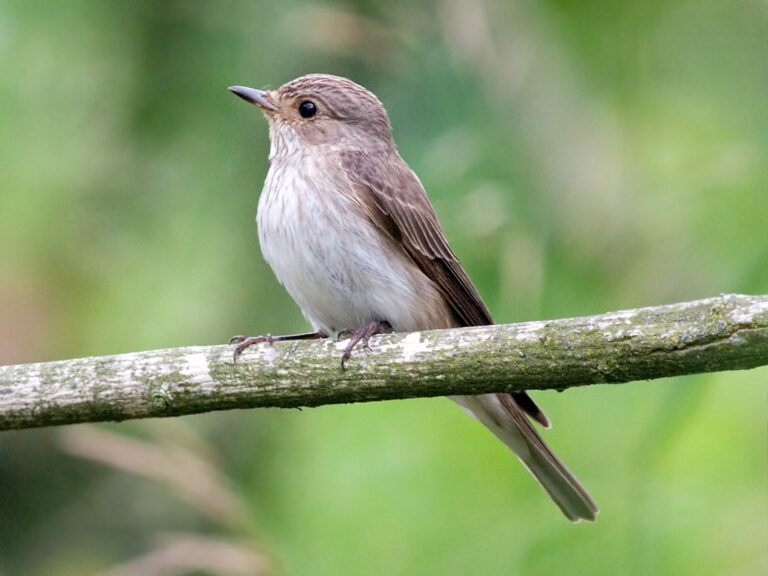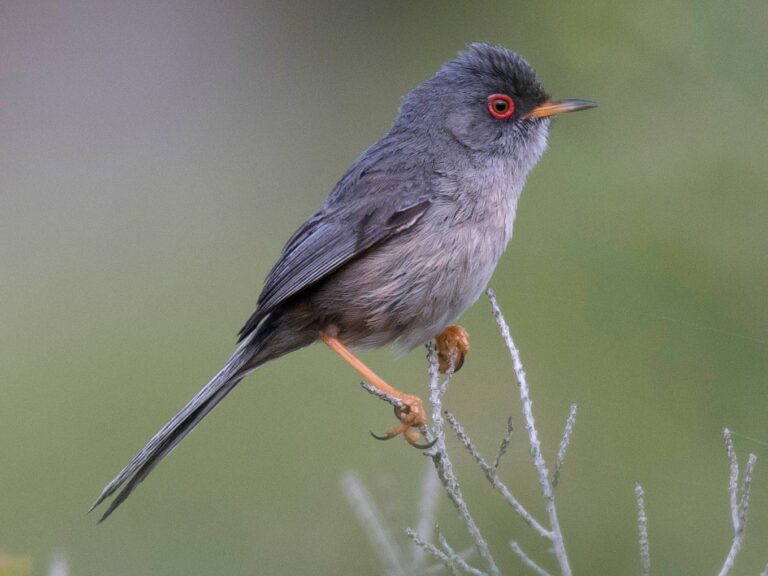Fauna
In the Serra de Tramuntana, more than 4200 species of animals, plants and fungi have been described.
Most of these species are found in Escorca, although there is no specific catalog of the municipality. The geological, climatic and biological conditions of this place and the good state of conservation of its habitats favor the high fauna diversity.
Hundreds of invertebrate species live in Escorca, of which we include species such as the blood beetle (Timarcha balearica), an endemic species of Mallorca, or the Chinese silk butterfly Antheraea pernyi introduced in Mallorca in the 19th century for commercial exploitation, although failed. Today we can still find specimens attracted by the light in the dense oak groves of the municipality, especially in the months of April and May.

There are few species of amphibians and reptiles present in the municipality. Of the first, the ferreret (Alytes muletensis) stands out, the only species of flightless ertebrate that survived the arrival of man. For three decades now, great efforts have been made for its conservation, since due to its condition as an endemic species it is one of the treasures of nature most appreciated by the local culture. More frequently, we will be able to observe the green toad (Bufonetes balearicus) in small pools of water, a species typical of Corsica and the Balearic Islands, which breeds in ponds temporary that tend to dry in the summer months.
Of the reptiles, we highlight the common gecko (Tarentola mauritanica), as one of the most abundant vertebrates on the island. Their densities are so high that it is difficult not to notice their presence in the warm months, while sunbathing on the calcareous rocks. Separate mention requires the viperine snake (Natrix maura) a species introduced in Roman times and which is the main cause of the rarefaction and extinction of a large part of the ferreret populations that existed before their arrival. Currently the species is subject to population control for the purpose
to mitigate its effect on A. muletensis.


It is estimated that currently around 140 species of birds coexist in the municipality of Escorca, of which only 30% reproduce there. Many species are only detected during migratory steps. Bird watching is without a doubt the activity that most nature lovers can attract to Escorca. The black vulture (Aegypius monachus) may be the most emblematic and well-known bird, a regular visitor to the skies of Escorca. Two of the Special Protection Areas for Birds (ZEPA) within the municipal term were declared for being nesting place of this species: Costa Brava de Mallorca and Sa Costera.
We can also find other raptors such as the osprey (Pandion haliaetus), the Eleonor’s falcon (Falco eleonorae) and the peregrine (Falco peregrinus) or the booted eagle (Aquila pennata). To name some other species of interest, we can mention the solitary rocker (Monticola solitarius), which usually enlivens walks during spring and summer with its songs, the Balearic warbler (Syivia balearica), the only endemic species of the Balearic Islands or the gray flycatcher (Muscicapa striata balearica), smaller than the nominal subspecies and with a whiter breast.
Goats are, together with herds of sheep, the only herbivores that graze on these lands. The number of individuals of these species, especially goats, generates conservation problems in endemic plant species or those of reduced distribution.
Camivore mammals are perhaps one of the most elusive groups. Species such as the genet (Genetta genetta) or the marten (Tuesday Tuesday), can be detected occasionally, during the hours when the sun sets, although we can often find their traces on the trails, especially in the case of the Martha.
Other species of camivore mammals such as the raccoon (Procyon lotor) and the coati (Nasua nasua) have arrived in Mallorca as a result of the pet trade. These are two species that cause great environmental damage, so their management and population control is a necessity on the part of the administration.
If you see a specimen of this species, do not hesitate to contact the Escorca City Council so that they can provide the information to the competent administration.
Finally, one of the most notable groups of mammals for their important ecological role is that of bats or bats. Around two dozen species are known in the Balearic Islands, some of which use shelters in old trees in the forest masses, while others do so in cavities and caves underground. The diversity of bats present in the municipality has not been fully studied, but the presence of suitable habitats and species of invertebrates make it a perfect place for observation.




